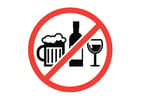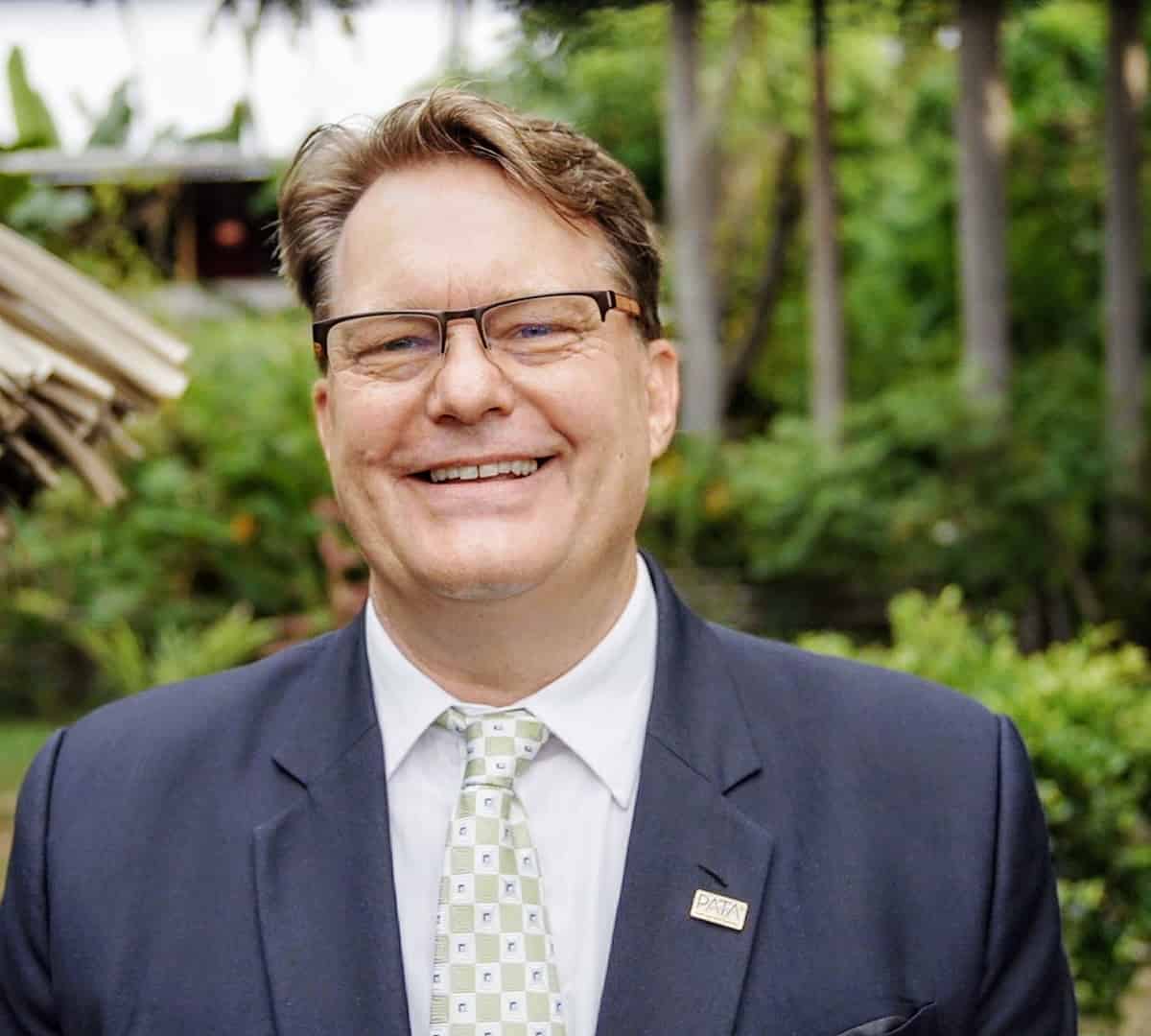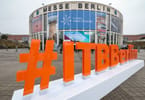REASON TO PAUSE
Walking down the busy street in Hanoi, a day of meetings over and a quiet night in the hotel ahead, he slowed his pace to be able to take in the here and now. The distance between the office and hotel was too close for a taxi, and the streets too alive with that wonderful color and chaos to simply rush past. He also wanted to make sure that he did not leave without fulfilling the one last thing he had on his personal “to do” list. He had to find a local craft shop, he had to find a Buddha. For as long as he had been traveling to Asia, wherever he went, wherever it was possible, he would take home a Buddha statue. For one of his colleagues, it was cufflinks, that was the preferred collectable. For him it was Buddhas, which was interesting as he wasn’t even a formal follower of the faith. His apartment back home had become home to a collection of Buddhas – bronze, marble, wood, jade, sandstone, large and small, made of materials from all across Asia. Each piece not only brought an artistic richness to his home, it reminded him of where he had been, even if just for a few days, making that time and place more real, giving it personal meaning and connection. It was his ritual, the one thing he did for himself while he was busy doing business for his company.
Rituals. We all have them. We all perform them in one way or another, whether we actively recognize them or not. They are more than just habits – repetitive actions done instinctively and often subconsciously. Instead, rituals are moments that add heightened meaning and memory to what could otherwise be a series of seconds that pass unacknowledged. Rituals are anticipated, undertaken with care, and celebrated with a simple private smile when complete. They are a part of who we are. And often, they add to the definition of how we live our lives.
For travelers, people constantly on the move and constantly entering places of change, rituals provide an important rhythm to life in transit. They create a sense of control, of balance, or of connection to a time and place.
However defined and however performed, rituals can be powerful influences on who we are, where we are, and what becomes important to us.
A ritual may be as simple as waiting until on the plane, glass of champagne in hand, before leaving an “out of country on business” voicemail on one’s mobile phone to let callers know to text or email instead of leaving a voice message. The ritual may simply be ensuring both feet are flat on the floor of the plane during descent. It may be placing one’s personal reading by the bedside table as soon as entering a new hotel room so that a feeling of this is my place can be created. Or it may be collecting artifacts of a certain theme while traveling.
Rituals encourage us to pause, be still, mark the moment, and embed the memory. Importantly, they allow us to connect with a time and place, especially when the ritual is performed not just by us, but on us.
HANDPRINT OF THE BRAND
Rituals, when clearly, credibly, and consistently communicated, become an overt expression of a brand. That brand can be an individual or an entity such as a corporation.
In terms of personal brand, one of the world’s most interesting examples of an individual’s ritual becoming a part of a personal brand is Madeleine Albright. During her years of diplomatic service, the former US Secretary of State would never enter into an important meeting without performing an important personal ritual – selecting and adorning a brooch from her personal jewelry collection that would act as a reflection of her desired frame of mind. For one of the world’s most important negotiators, that brooch was a personal compass, guiding her through the moment and the issues at hand. For those she was engaging with, the brooch was a subtle yet important message.
As stated in an overview of the 2009/10 exhibition, “Read My Pins,” at the Museum of Arts and Design in NYC:
“While serving under President Bill Clinton, first as US ambassador to the
United Nations, and then as Secretary of State, Albright became known for
wearing brooches that purposefully conveyed her views about the situation
at hand. ‘I found that jewelry had become part of my personal diplomatic
arsenal,’ Secretary Albright has said. Over the years, Secretary Albright’s
pins became a part of her public persona, and they chart the course of an
extraordinary journey, carving out a visual path through international and
cultural diplomacy.”
While a seemingly small thing, rituals create enormous identity and personal connection for those on the outside looking in.
Within the tourism industry, this bold handprint is of particular importance. Travel and tourism, while an industry reliant on essential hardware – buildings, hotel rooms and facilities, convention centers, airports, aircraft – has become increasingly dependant on the software for customer attraction, retention, and ambassadorship. They also become an element of competitive differentiation.
Rituals embedded in the travel experience offer brands – airlines, hotels, attractions – the ability to make a meaningful, personal connection with travelers. As shared by Jonathan Raggett, Managing Director of the award-winning Red Carnation Hotels collection:
“While there is still a certain amount of glamour attached to travel, for many it is seen as a ‘necessary evil,’ and at Red Carnation Hotels, we believe it is important to alleviate some of the stresses and strains of modern-day travel by ensuring that we do all that we can to make our guests feel at home. I believe it is the special additional touches that we add to the guest experience that help us to achieve a high repeat factor and enable us to achieve excellent rankings on guest feedback websites such as TripAdvisor.
“One area in which we have enjoyed particular success is in our BDA philosophy. Simply put, we break down a guest stay into three component parts – before, during, and after. For each component part, staff are challenged to do something that will make a difference to the guest.”
That something different can be as simple as nightly turn-down service with a personal twist: fresh, home-made Red Carnation Hotel biscotti elegantly wrapped with a personal message from that hotel’s GM awaiting the guest at the end of a busy business day – a small touch yet one that stands out for its care and connection compared to a standard, foil-wrapped bit of chocolate.
EMBEDDING RITUALS WITHIN THE EXPERIENCE
Interestingly, rituals, while an investment in guest experience and brand identity, need not be costly or even cost a penny. Simple ceremonies, inspired moments of pause, and even stimulation of a sense, can be all that is required to embed a ritual in the mind and heart of the traveler.
Examples of such simple yet impactful rituals include:
– Six Senses Sanctuary in Phuket: inviting guests to make a wish and strike a massive, hanging Asian Gong on both arrival and departure from the island, feeling the deep sound and vibrations of the gong as they set the tone for the guest’s wellness visit, and its enduring impact.
– Air Tahiti Nui: during flights to Tahiti, the airline distributes tiny white Tiare flower buds, the island nation’s national flower, seeding the scent in the minds and memories of travelers, offering a fragrant embrace of “welcome” to first-time visitors and “welcome home” to those returning… and creating an aromatic connection to Tahiti and her islands wherever in the world that traveler encounters that scent in the future.
– Doubletree Hotels: since the 1980s, Doubletree Chocolate Chip Cookies have become a signature part of guest check-in, given to guests warm and deliciously gooey. Offered in more than 200 hotels and resorts worldwide, at present 30,000 cookies are given to guests every day of the week – more than 10,950,000 every year.
When seen as an investment, the value of rituals is priceless.
Importantly, each and every destination, property, and attraction in the world has the ability to create a single, signature ritual that can act as a powerful part of the brand’s DNA and delivery. Taking the time and care to identify the right ritual, based on the:
– brand proposition;
– local culture and conscience;
– uniqueness and appropriateness;
– guest (motivation for visitation and mindset during the visit, not just
demo/geo/psycho make-up);
– situation during the visitor experience; and
– desired impact
is, also, an investment in the business.
That investment, however, must be maintained for it to be embedded and owned by the brand. Removing the ritual, or simply missing one occasion, can make the traveler feel something is wrong, something is missing, or worst – someone is cost cutting.
Whatever the act, whatever the item, rituals make lasting connections to places visited, be it around the corner or around the world, for work or for play. It is not about the product, the price, or the performance – it is about the spirit of the moment and its enduring meaning.
WHAT TO TAKE AWAY FROM THIS ARTICLE:
- A ritual may be as simple as waiting until on the plane, glass of champagne in hand, before leaving an “out of country on business” voicemail on one's mobile phone to let callers know to text or email instead of leaving a voice message.
- Walking down the busy street in Hanoi, a day of meetings over and a quiet night in the hotel ahead, he slowed his pace to be able to take in the here and now.
- In terms of personal brand, one of the world's most interesting examples of an individual's ritual becoming a part of a personal brand is Madeleine Albright.






















